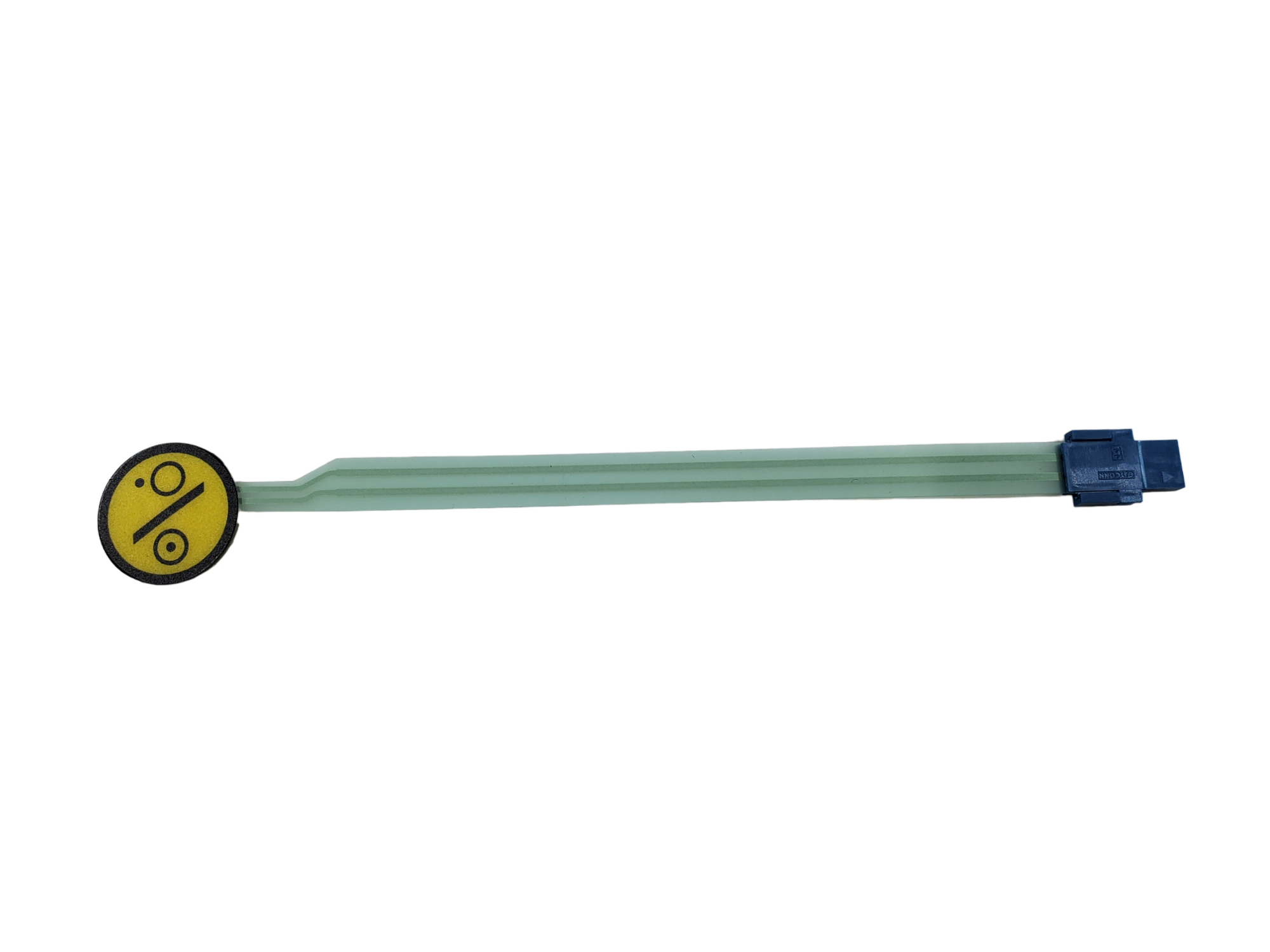Choosing the Right Membrane Switch for Your Business Needs
Choosing the Right Membrane Switch for Your Business Needs
Blog Article
Understanding Membrane Layer Switches: The Secret to Durable and Reliable Controls

What Are Membrane Switches?
Membrane layer buttons are an advanced service in the world of interface modern technology, combining functionality and style effortlessly. These tools work as a user interface in between customers and digital systems, incorporating numerous components into a compact format. Generally built from versatile, thin layers of materials, membrane switches are designed to reply to touch, enabling users to communicate with machinery and electronic devices effectively.
The primary elements of a membrane layer button consist of a published circuit layer, graphic overlay, and a spacer layer that avoids unintentional activation. The graphic overlay can be customized to mirror brand name identification or individual choices, improving appearances while guaranteeing use. Membrane switches are frequently used in various applications, including clinical gadgets, consumer electronics, and commercial devices, owing to their sturdiness and resistance to environmental factors such as dampness and dust.
One of the vital benefits of membrane buttons is their capability to stand up to wear and tear, making them ideal for high-traffic settings. In addition, they are lightweight and require marginal area, permitting cutting-edge styles in item advancement. Overall, membrane layer switches stand for a effective and useful selection for modern digital interfaces, weding technology with user-centric layout principles.
Exactly How Membrane Changes Job
The operation of membrane layer changes depend upon a simple yet efficient device that equates customer input into digital signals. These buttons include numerous layers, usually consisting of a graphic overlay, a spacer layer, and a circuit layer. When a customer presses the switch, the leading layer flaws, enabling a conductive component in the circuit layer to make contact with an equivalent conductive pad on the underside of the visuals overlay. This contact closes the circuit and sends out a digital signal to the gadget, suggesting that the button has been triggered.
The style of membrane layer buttons can differ, however they commonly incorporate domes or responsive aspects to provide feedback to the user, boosting the total experience - membrane switch. The materials used in membrane buttons, such as polyester or polycarbonate, add to their sturdiness and resistance to ecological elements, including moisture and dust. The printed circuits are normally enveloped, which shields them from wear and tear over time.
Advantages of Membrane Buttons

In addition, membrane buttons are known for their durability. Created from robust materials, they are immune to dirt, dampness, and physical wear, which dramatically expands their life-span contrasted to traditional mechanical switches. This longevity makes them especially suitable for high-traffic environments and applications needing longevity.
Another substantial advantage is the simplicity of cleansing and maintenance. The smooth surface of membrane changes decreases dust build-up and is often unsusceptible spills, making them suitable for settings that require regular sanitization.
Additionally, membrane switches supply a streamlined profile, resulting in a thinner layout that can be incorporated into different gadgets without including bulk. This feature not just boosts the visual charm yet additionally adds to an extra ergonomic product layout.
Applications of Membrane Buttons
Flexible and user-friendly, membrane layer switches discover applications across a wide variety of sectors, including medical tools, customer electronics, and industrial tools. In the clinical field, these buttons are important to devices such as read the article analysis equipment, person surveillance systems, and infusion pumps, where dependability and convenience of cleansing are vital. Their ability to stand up to severe settings and keep capability makes them optimal for such applications.

In consumer electronic devices, membrane layer buttons are made use of in items like microwaves, cleaning devices, and remote controls - membrane switch. Their smooth style permits user-friendly customer interfaces, enhancing the overall user experience while giving sturdiness and resistance to damage
Industrial tools additionally takes advantage of membrane layer switches, specifically in control panels for equipment and automation systems. These buttons supply protection against dirt and wetness, ensuring regular efficiency in challenging environments. Additionally, their adjustable features enable suppliers to customize them to particular functional requirements, enhancing effectiveness and capability.
Choosing the Right Membrane Layer Switch Over
When choosing a membrane layer switch, it is crucial to think about numerous elements that influence performance and suitability for particular applications. The primary factors to consider include environmental conditions, responsive responses, longevity, and design specs.
First, evaluate the operating atmosphere; switches revealed to moisture, chemicals, or extreme temperatures call for details materials to make certain long life and performance. Next, review the need for tactile comments. Relying on individual communication, some applications might take advantage of a tactile action to verify activation, while others may prefer a non-tactile design for visual reasons.
Resilience is one more critical element; membrane layer switches must be created to hold up against frequent usage, influences, and abrasion. Make sure the selected switch can sustain the anticipated lifecycle, particularly in high-usage situations.

Final Thought
In verdict, membrane changes offer as vital parts in the design of trustworthy and durable control Get More Info systems throughout various markets. The convenience of membrane layer switches enables for customized remedies that meet particular operational requirements, enhancing their significance in modern technology.
Membrane changes stand for a critical aspect of modern interface style, mixing performance with strength in numerous applications.Membrane layer buttons are an innovative remedy in the world of customer interface visit here technology, incorporating performance and style flawlessly. Commonly created from adaptable, slim layers of products, membrane layer buttons are created to react to touch, allowing individuals to communicate with machinery and electronic devices effectively.
The layout of membrane layer buttons can vary, however they frequently incorporate domes or tactile components to give responses to the customer, improving the general experience.In final thought, membrane switches over offer as necessary elements in the design of durable and dependable control systems throughout different industries.
Report this page